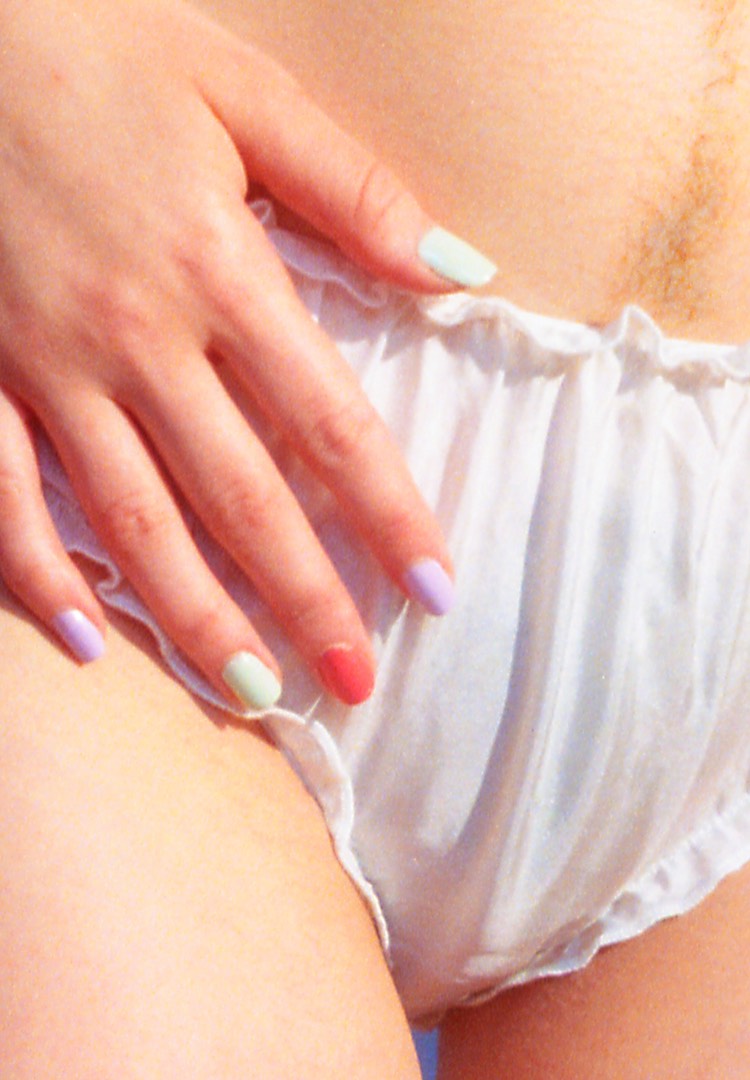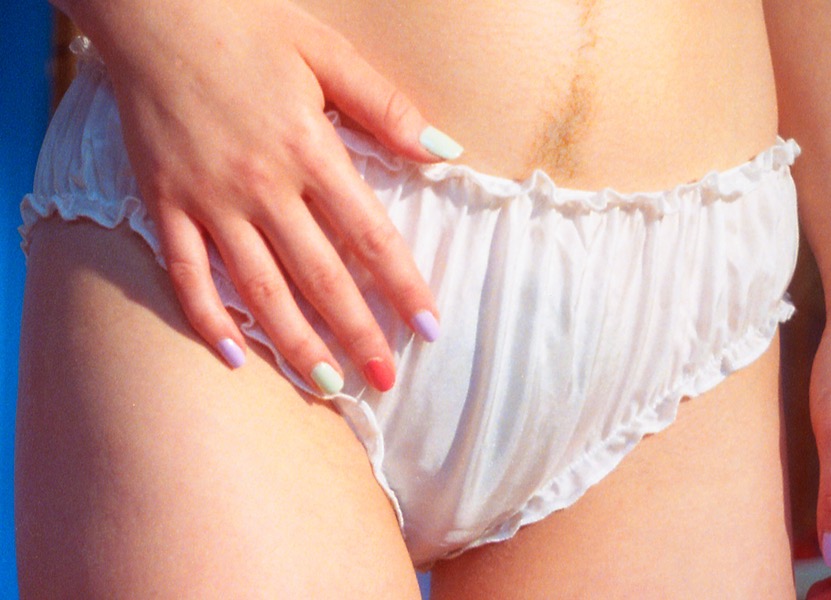Ask A Sex Therapist: Is my discharge normal?
Words by Laura Miano
“Your vagina should never smell like flowers, it should smell like a vagina.”
Laura Miano is a sex therapist based in Melbourne and co-founder of sex toy concept store Posmo. Her mission is to empower people to create a more fulfilling sex life and to support those who might like to explore their sexuality beyond cultural norms. To learn more about her, follow @lauramianosexology or contact her here.
The discharge in my underwear looks different throughout the month and I’m worried something’s wrong. What’s normal? – Wet and Confused
Hi Wet and Confused,
I’m so glad you asked! For centuries, vulva owners have been putting unnecessary products in, on and near their vaginas and vulvas with counterproductive results. According to The Atlantic, douching (spraying water or other products inside the vagina) made its commercial debut – as a contraceptive – in the mid-19th century. You think that sounds silly? Shortly after, vulva owners started squirting the cleaning disinfectant (!) Lysol into their vaginas.
For more sex advice, head on over to our Life section.
While we’re not tempted to Glen 20 our genitals anymore, the ‘feminine hygiene’ industry continues to repackage harmful products with the promise of ‘freshness’ or ‘a pleasant fragrance’. For many vulva owners, adolescent taunts (most often from boys) bring a new fear of ‘the fishy smell’, leading to a vicious cycle of vaginal soaps, perfumes and washes.
Why are these products so toxic? For starters, they try to make us believe our vaginas are unclean or smelly. Your vagina should never smell like flowers, it should smell like a vagina. Secondly, these products cause us more harm than good by throwing off the delicate pH balance of this incredible self-cleaning organ.
Without the intervention of unnatural washes, soaps and flushes, your vagina’s mucous membrane lining, complex mix of bacteria and all-important discharge function regulate hygiene and prevent infection.
What does vaginal discharge do?
Vaginal discharge is your body’s way of expelling cervical fluids, among other processes. It’s a reproductive response that fluctuates in colour, appearance and consistency depending on factors like the menstrual cycle, hormones, pregnancy and infections.
As vulva owners, it’s important to understand the magical role of discharge in your genital health. Wonderfully described as “the language your vagina uses to communicate with you”, discharge is an essential element of the self-cleaning process (floral-scented washes are not!) and a physiological response to sexual stimulation.
That’s right! Vaginal lubrication (or ‘wetness’) falls under the beautiful umbrella of discharge. Your Bathorlin and Skene glands (the ones responsible for your natural lube) create fluid for a few reasons: to protect your genital area from an injury or tearing, to keep your vagina clean and to help out during sex and support your attempts to conceive.
Keep in mind that ‘wetness’ doesn’t always mean you’re turned on. As we’ve learnt, feeling aroused is dependent on many different factors and lubrication doesn’t automatically indicate horniness. Arousal – and its associated responses – can differ depending on lifestyle factors, medications and hydration levels. Discharge is a multi-faceted bodily function and can look, feel and smell different at varying times.
What should it look like?
Because discharge is a function of the reproductive system, it fluctuates depending on the menstrual cycle. The mucus (or discharge) that appears in the week before ovulation is waiting to capture and nourish sperm before it meets the egg. It’s an evolutionary reproductive response that helps the fertilisation process.
‘Normal’ vaginal discharge (that which happens outside of ovulation) is usually clear or creamy, with a yellowish tint and little to no odour. During a period the discharge is usually covered by blood, making it harder to notice. Following a period, the estrogen levels start rising. Mucus is still not very present and if it is, it’s usually thick, white and creamy or a little brown from leftover period blood.
Before ovulation, the estrogen levels rise even more and discharge becomes creamier. From a reproductive perspective, thick, creamy discharge is not the best environment for sperm. The middle of the cycle – during ovulation – is generally the optimal time to conceive.
During this time, discharge is similar to the consistency of egg whites – a slippery, wet, stretchy, thin and clear consistency. It can appear a yellow or brownish colour in the underwear. Post ovulation, the progesterone levels rise as the discharge becomes thicker, gradually disappearing before the cycle starts again.
What’s not normal?
Abnormal discharge can look cottage cheese-like or greenish in colour and is usually accompanied by a fishy or offensive smell. Common conditions that cause abnormal discharge include bacterial vaginosis (caused by a rise in vaginal microbiota), thrush (also known as a yeast infection) and STDs like trichomoniasis.
Each of these conditions is treatable and indicated by a slight difference in the look, feel and smell of the discharge. Bacterial vaginosis often means vulval irritation accompanied by thin, greyish, fishy-smelling discharge. Thrush is itchy and uncomfortable with thick, white, cottage cheese-like discharge and trichomoniasis means discharge is abundant, frothy and smelly.
Embrace it
Needless to say, if you still feel like your discharge is abnormal in any way, head to your doctor for further treatment and advice – not the ‘feminine hygiene’ section of your grocery store. For the most part, your vagina is perfectly capable of functioning on its own! Discharge is essential, vaginas are incredible and you can trust your pussy to look after itself.
For more on discharge, try this, and if you have any concerns contact your GP.










